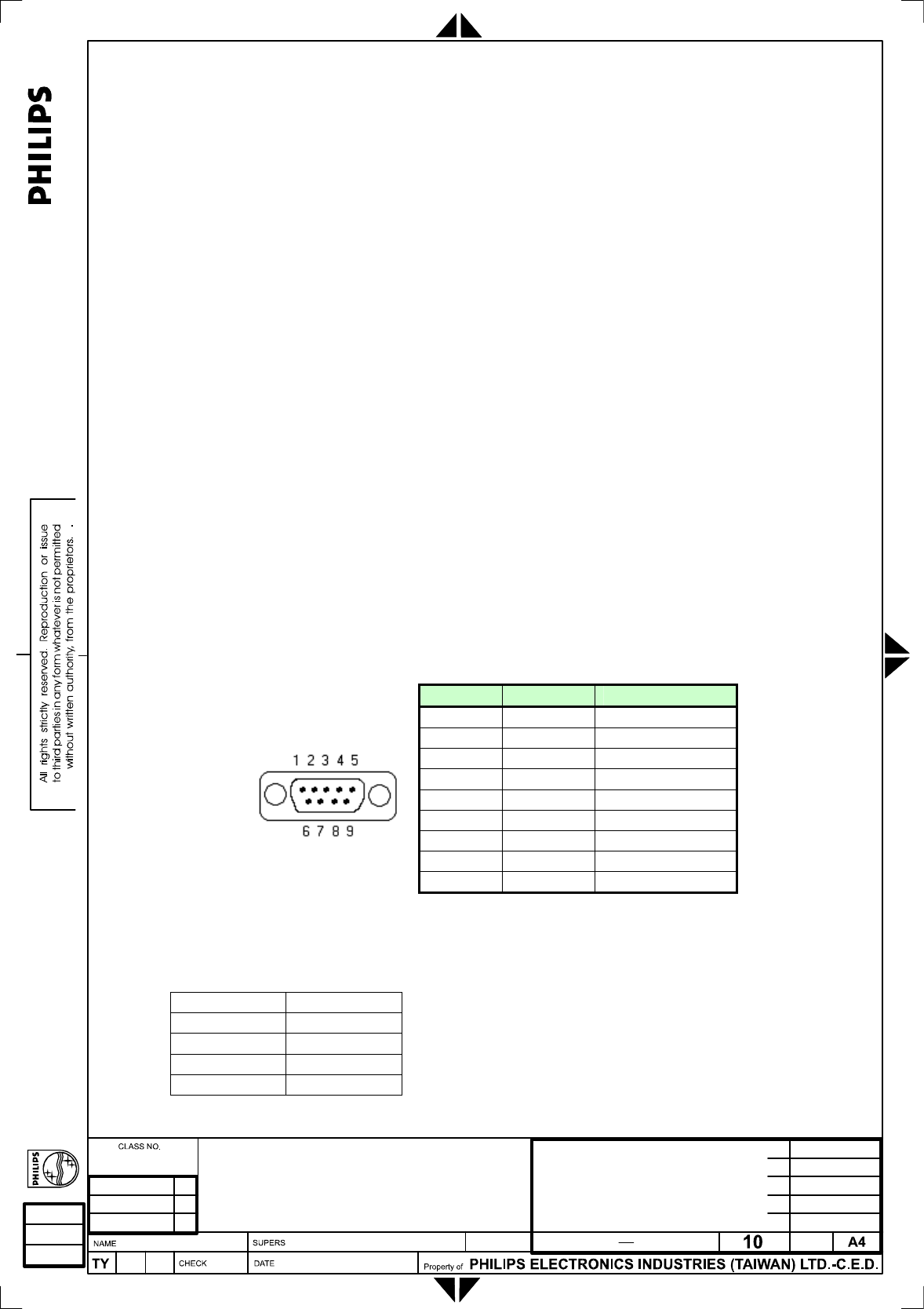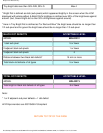
3. Serial Interface Communication Protocol
3.1 General specifications
3.1.1 Protocol definition
Communication to the main monitor microprocessor is possible through the serial port,
which support a communication protocol dedicated to BDS only. The protocol is
specifically designed to allow data communication in half duplex multi-point
environments, but it can also be used for half duplex point-to-point RS-232
communication.
3.1.2 Communication characteristics
A half duplex communication is implemented starting from the concept of a master-slave
structure, where the monitor is supposed to be the slave.
The first action is always taken by the master, which can be either a built-in PC-based
video controller in a MASTER monitor or any external device (acting a server) interfaced
to the monitor. After sending a command or a request in the appropriate format (see
section 3.2), the master receives form the slave an acknowledgement, which tells the
transmitter whether the command is not valid (or not executable, anyway) or it is
accepted.
In case of a request, the requested information is sent back and it becomes the
acknowledgement by itself.
If the poll sequence has been sent, the acknowledgement tells the transmitter the
monitor status, i.e. whether it is ready or busy and other information.
3.1.3 RS232 pin assignment
There is a 9-pin male connector on the set for RS232 communication. The pin
assignment is as following table.
Pin No. Function Description
1 GND Signal Ground
2 RxD Receive Data
3 TxD Transmit Data
4 NC Not Connected
5 GND Signal Ground
6 NC Not Connected
7 NC Not Connected
8 NC Not Connected
9 NC Not Connected
3.1.4 RS232 settings
This section describes the parameters used during the whole communication process.
Baud rate 57600 bps
Data bits 8 bits
Parity None
Stop bit 1
Flow Control None
2838 100 05424
[
NAME
]
Philips
07
140
23


















